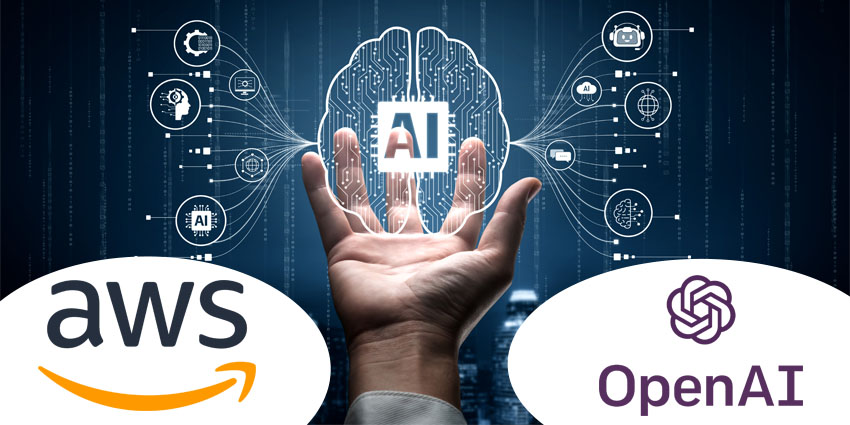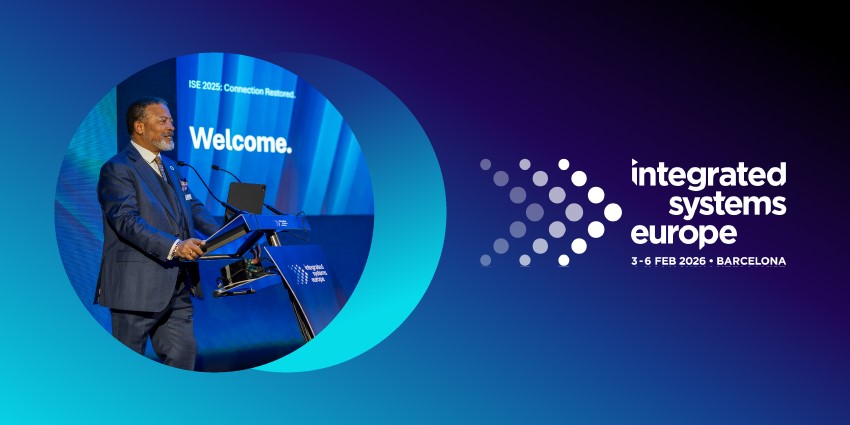Amazon Web Services (AWS) and OpenAI have announced a $38 billion, multi-year partnership this week, arguably illustrating that compute capacity has become the new currency of innovation.
The seven-year deal will give OpenAI access to hundreds of thousands of NVIDIA GPUs through AWS’s EC2 UltraServers, scaling up to tens of millions of CPUs. The move cements AWS’s role as a critical infrastructure provider not only for cloud workloads but for the very intelligence engines driving the global economy.
Sam Altman, OpenAI’s CEO, said:
“Scaling frontier AI requires massive, reliable compute. Our partnership with AWS strengthens the broad compute ecosystem that will power this next era and bring advanced AI to everyone.”
What OpenAI and AWS’s Deal Means For the Economics of Scale in the AI Era
For C-suite and tech leaders, this partnership is an indication of what’s to come. AI is no longer limited by imagination, but by infrastructure economics. Training and serving large language models (LLMs) consumes colossal compute resources.
By securing access to AWS’s next-generation GPU clusters, OpenAI can accelerate model training and improve performance reliability. At the same time, AWS benefits from the steady utilisation of its most advanced cloud infrastructure.
“As OpenAI continues to push the boundaries of what’s possible, AWS’s best-in-class infrastructure will serve as a backbone for their AI ambitions,” added Matt Garman, CEO of AWS. “The breadth and immediate availability of optimized compute demonstrates why AWS is uniquely positioned to support OpenAI’s vast AI workloads.”
Why AWS/OpenAI’s Deal Matters for Tech Buyers
The OpenAI–AWS alliance represents a significant milestone in the maturation of enterprise AI ecosystems. For CIOs and CTOs, it underscores several realities, including both companies’ emphasis on speed to innovation, as faster model training means enterprises will see more capable, context-aware AI assistants and copilots sooner.
Additionally, there should, in theory, be a boost to performance and reliability. Low-latency clustering between GPUs allows OpenAI, and by extension, enterprise users, to deliver real-time, scalable AI.
Lastly, and on a more concerning note, will be the impact on strategic cloud dependence. As hyperscalers consolidate control of compute, vendor strategy and contract flexibility will become boardroom concerns.
The partnership also strengthens OpenAI’s integration within Amazon Bedrock, already powering workflows at Thomson Reuters, Peloton, and Comscore, among others.
The Broader Cloud Chessboard
The deal intensifies competition in the cloud-AI nexus. Microsoft’s early bet on OpenAI gave Azure a head start, but AWS’s sheer scale and neutrality may prove decisive. Unlike rivals that tie customers to a single model ecosystem, AWS offers a pluralistic platform, allowing businesses to choose, test, and deploy multiple models securely within a single architecture.
Despite the concerns prompted by last month’s AWS cloud outage, for OpenAI, AWS offers something equally valuable. It represents a stable runway for innovation, free from bottlenecks in supply or capacity. The infrastructure buildout, set to conclude by 2026, will enable OpenAI to train and serve its next generation of models with unprecedented efficiency.
Key Takeaways
As AI becomes the new infrastructure layer of enterprise strategy, the question shifts from “What can AI do?” to “Who can power it—and at what scale?”
For tech leaders, the message is striking that the future of AI competitiveness lies not just in algorithms, but in access to compute. Those who master both will define the next decade of digital transformation.







